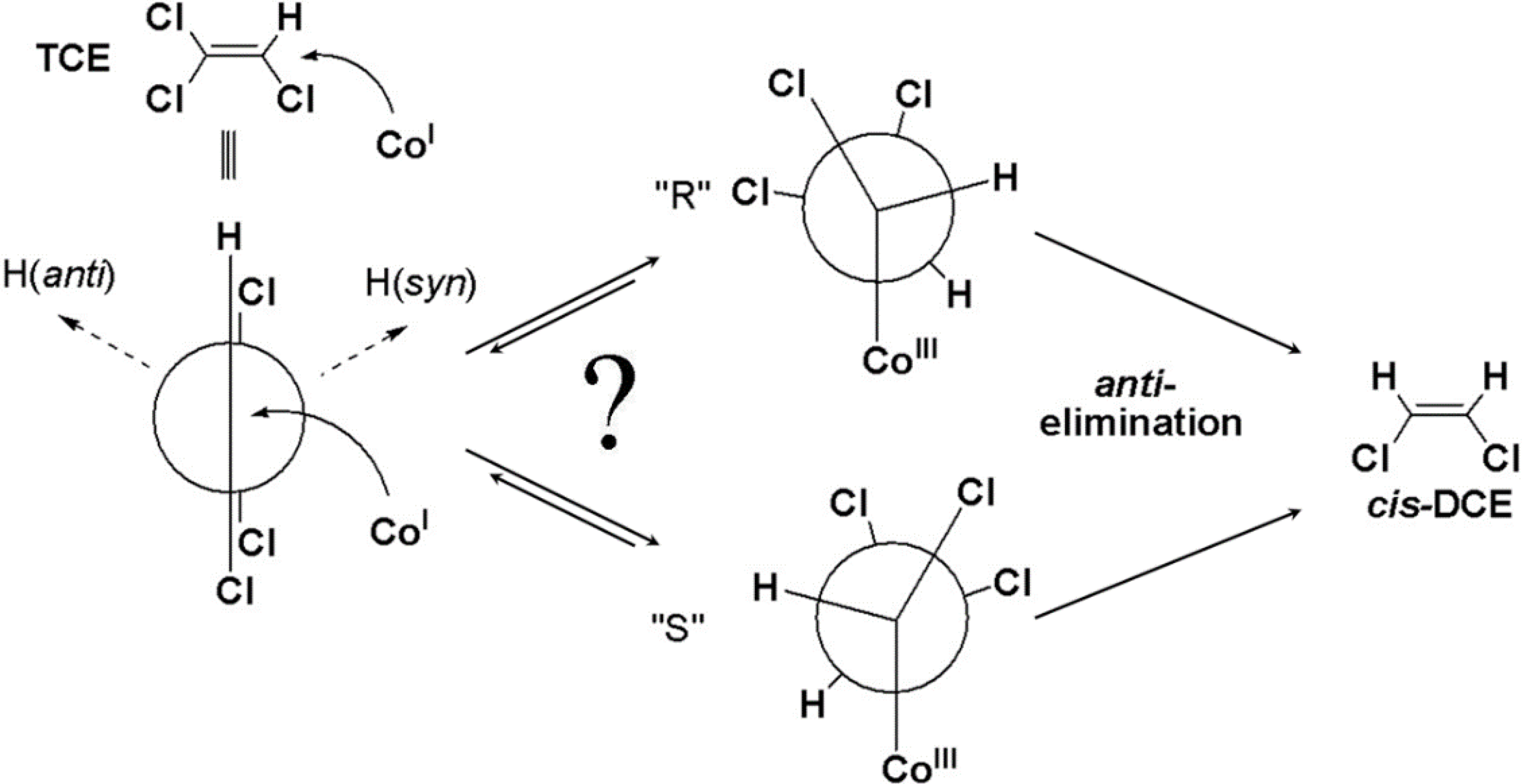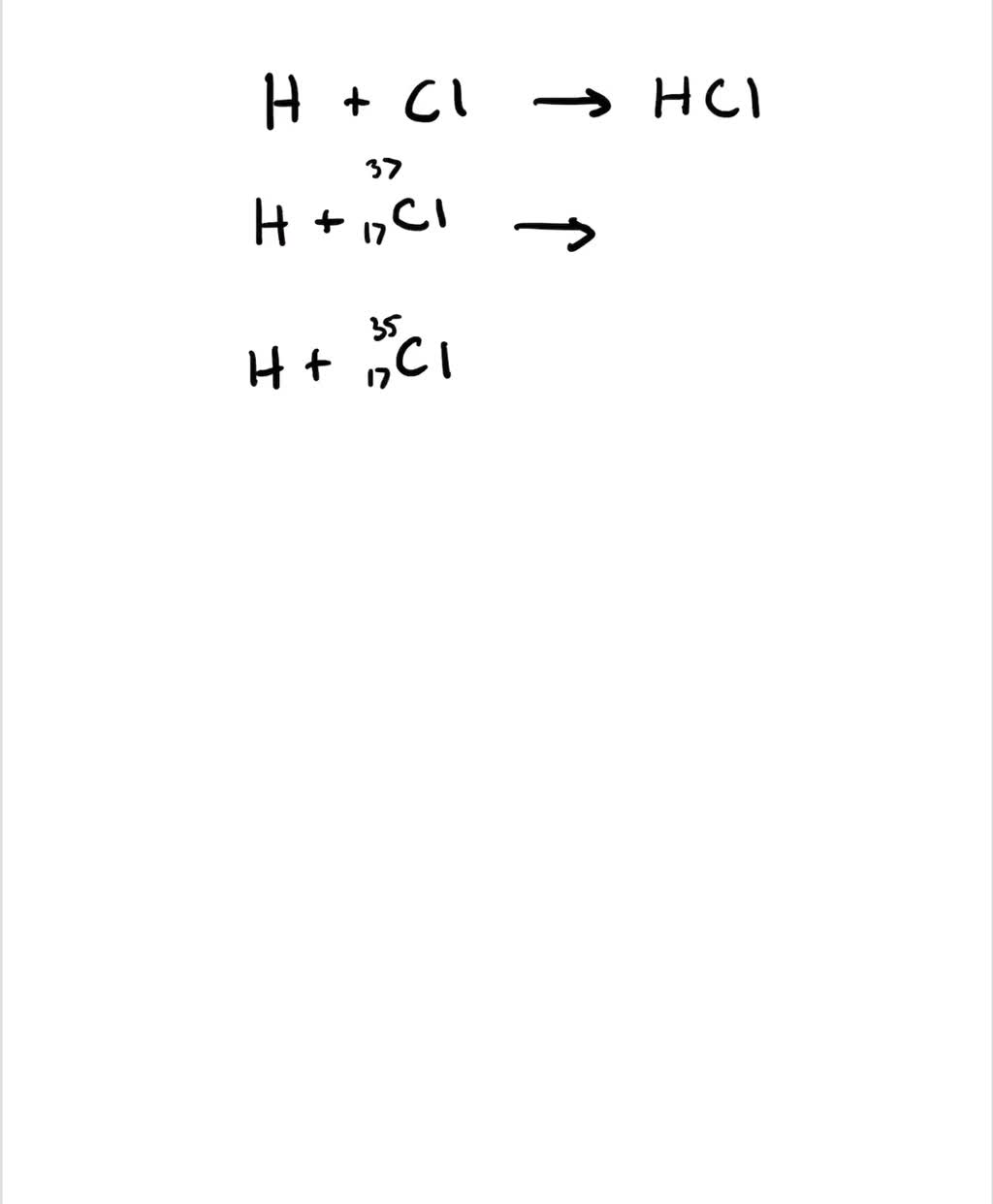

Atomic Mass = actual mass of an isotope expressed in amu.Read more about High Resolution Mass Spectrometry Key Points: This results from the relative abundance of 75.76% of chlorine-35 and 24.24% of chlorine-37. In the periodic table however, the mass of a chlorine atom is given as 35.45 u. It has two stable isotopes namely 35Cl and 37Cl. Since there is more than one isotope for any given element, it is obvious that the total number of all the atoms of that particular element will have a certain percentage of each of those. It has its origin in the “relative natural abundance” of isotopes. The third term we need to know is the atomic weight. Hence, the atomic mass can be fractional while the mass number is always a whole number. It is to be noted that the masses of both neutron and proton although very close, are not exactly equal to 1 amu. For example, the three isotopes of hydrogen are represented as 1H, 2H and 3H where the numbers 1, 2 and 3 are the respective mass numbers.Ītomic mass is the actual mass of an isotope expressed in atomic mass units (amu or simply u). This number is the distinguishing factor for isotopes. It is the sum of the numbers of neutrons and protons in an atom. Mass number, as the name suggests, is purely a number without any unit. Neutrons are the distinguishing factor in isotopes and this is useful in analyzing chemical composition by mass spectrometry.Chemical reactions are influenced by number of protons and electrons, but only negligibly by number of neutrons.Atom is the most fundamental particle in chemical reactions.Before going further into the intricacies of understanding the output from a mass spectrometer, we should have a clear understanding of the terms mass number, atomic mass, and atomic weight. Often, the ions produced during mass spectrometry are singly charged (z=1), which effectively shortens the mass-to-charge ratio to the more easily calculated term mass. This separation is a result of the mass-to-charge ratio (m/z) of individual ionic fragments. Mass Spectrometry is founded on the principle of separation of the charged particles in vacuum through the force exerted by the magnetic and electric fields. This difference in isotopes is very useful in analysis using mass spectrometry. What it means is that the mass of an isotope differs from that of another isotope of the same element. Herein comes the importance of isotopes – two or more forms of the same element having different number of neutrons.

So how does the knowledge of the number of neutrons become so important if even the elemental identity given by the number of protons is masked in a compound? The answer comes from isotopes and mass spectrometry. The molecular compounds and the ions are totally different from the elemental forms when it comes to the chemical properties. Neutrons, although not changing the chemical properties radically, do however play a crucial role in the modern-day technologies which range from use of radiopharmaceuticals to carbon dating to spectroscopy. The scope of reactions although primarily influenced by the interaction of electrons, the number of protons differentiates an element from every other element. How are isotopes of an element identified?Īn atom is the smallest unit which forms the basis of innumerable chemical properties that are exhibited by an element.From where does the difference arise in isotopes of an element?.How many isotopes of hydrogen are there?.


Place a piece of litmus paper over the mouth of the test tube.Chlorine is a pale green coloured gas at standard temperature and pressure. Chlorine reacts strongly with Hydrogen to produce Hydrogen Chloride which dissolves in water to produce Hydrochloric Acid. Chlorine is a more reactive Halogen than Bromine but less reactive than Fluorine. Properties Chlorine is a non-metal element. A diagram showing the formation of a Chloride ion.


 0 kommentar(er)
0 kommentar(er)
